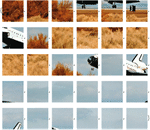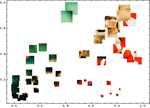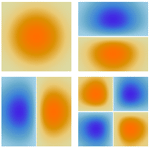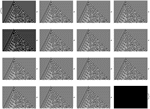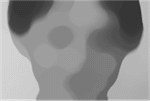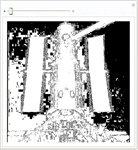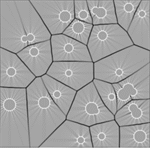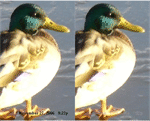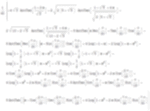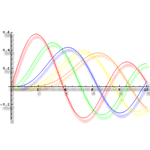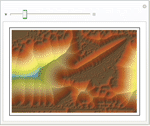| More about Mathematica » |
| Mathematica 7 introduces a new generation of digital image processing and analysis, with broad and deep built-in support for both programmatic and interactive modern industrial-strength image processing—all fully integrated with Mathematica's powerful mathematical and algorithmic capabilities. Mathematica's unique symbolic architecture and notebook paradigm allows images in visual form to be included and manipulated directly both interactively and in programs—making possible a new form of streamlined image processing workflow. |  Watch a screencast » |
- Modern extensible platform for digital image processing.
- Efficient implementations of all standard image processing algorithms. »
- Image data can be processed using hundreds of built-in Mathematica functions. »
- Efficient top-level representation of images, abstracted from data representation. »
- Images in visual form can be used directly as input, and included in programs.
- General image cropping, padding, resizing, rotating, etc. »
- Streamlined image adjustment, sharpening, blurring, etc. »
- Collection of special image and photographic effects, with arbitrary extensibility. »
- Color conversion, separation, quantization; multiple color models. »
- Efficient linear and nonlinear filters for spatial and frequency-domain processing. »
- General image filtering and convolution with arbitrary neighborhoods and functions. »
- Image arithmetic and general image compositing. »
- Complete set of multichannel morphological image processing primitives. »
- Built-in morphological component detection, Euler characteristic, etc. »
- Partitioning into arrays of images, and reassembly from arrays. »
- Support for up to 64-bit depth per channel, and arbitrary numbers of channels. »
- Automatic support for optimized image storage, including channel interleaving. »
- Support for color and alpha channel in all applicable operations.
- Full integration of images into Mathematica interface construction system.




